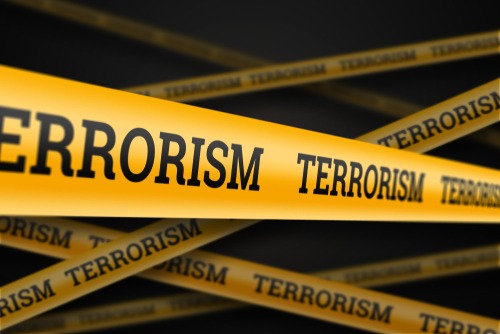
Through eight preparedness grant programs this year, the United States Department of Homeland Security (DHS) will provide more than $2 billion in funding to state, local, Tribal, and territorial officials to prevent, protect against and respond to terrorism.
For Fiscal Year 2023, the grants were focused on the nation’s highest-risk areas. This will include funding for 40 high-threat, high-density urban areas through the Urban Area Security Initiative. This year, four more urban areas were added to its reach and funding, including Austin, Texas; Honolulu, Hawaii; Jacksonville, Florida; and Nashville, Tennessee.
“The new threat landscape now includes medium- and small-sized jurisdictions and remote locations and encompasses a greater swath of our country than ever before, to include so-called ‘soft targets’ and other targets of opportunity,” DHS Secretary Alejandro Mayorkas said. “This year, we are therefore expanding the reach of our more than $2 billion in funding by adding four additional urban areas as grant recipients…This is in addition to the thirty-six urban areas we continue to support, bringing the total number of funded urban areas to 40.”
Under the law, at least 25 percent of the combined funds for the State Homeland Security Program (SHSP) and the Urban Area Security Initiative (UASI) must be given to Law Enforcement Terrorism Prevention Activities (LETPA), though last year DHS raised that minimum requirement to 30 percent – a $51.5 million increase. This year, DHS raised the minimum to 35 percent, meaning this year will bring $360.5 million for LETPA and law enforcement actions related to terrorist activity.
More to the point, this year’s grant recipients included four non-competitive awards:
- Homeland Security Grant Program (HSGP) State Homeland Security Program: $415 million to support the improvement of risk-driven state homeland security strategies for capability targets, with awards based on statutory minimum and relative risk
- HSGP Urban Area Security Initiative: $615 million for regional preparedness and capabilities in 36 high-risk, high-density areas, based on relative risk
- Intercity Passenger Rail: $10 million for Amtrak to protect critical surface transportation infrastructure and travelers from terrorism, as awarded by congressional direction
- Emergency Management Performance Grant (EMPG): $355.1 million for state, local, Tribal, and territorial emergency management agency assistance to build up core capabilities and preparation
Additionally, competitive awards were also issued, with their specifics to follow later this year:
- HSGP Operation Stonegarden: $90 million for cooperation and coordination among state, local, Tribal, territorial, and federal law enforcement agencies regarding national borders
- Tribal Homeland Security Grant Program: $15 million for eligible Tribes to pursue preparedness efforts against terrorism and other hazards
- Nonprofit Security Grant Program: $305 million for hardening and enhancing physical security at nonprofit organizations at risk of terrorist attacks
- Port Security Grant Program: $100 million for protection and risk management at critical port infrastructure, enhancement of maritime domain awareness, and port-wide maritime security improvements
- Transit Security Grant Program: $93 million for owners and operators of public transit systems to advance resilience on transit infrastructure and shield against terrorism
- Intercity Bus Security Grant Program: $2 million for owners and operators of intercity bus systems to prepare for and protect against terrorism while improving resilience




